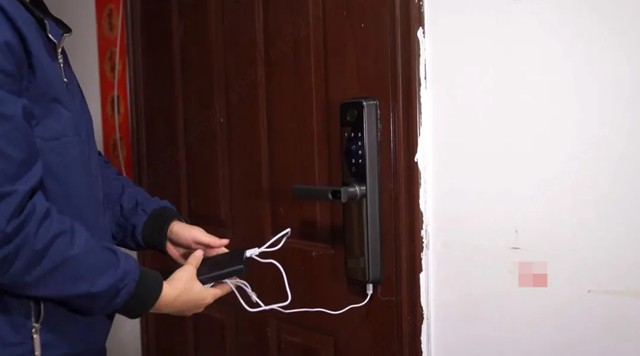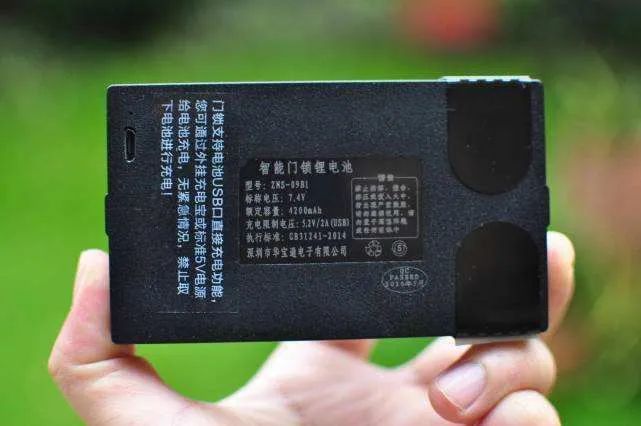In everyday life and online, it is common to see claims that a power bank can be used to charge a smart lock in emergency situations. But what about using a power bank for regular charging of your smart lock in non-emergency situations?
Many users often opt to use a power bank for charging their smart locks. However, there’s a prevailing belief that power banks should only be used for emergency charging and not as a regular charging method. To address this contentious issue, we consulted with professionals in the battery industry to provide clarity.
The main points of contention are:
- Battery aging and capacity reduction.
- Risk of battery explosion.
An expert in the field informed us that using a power bank to charge a smart lock is generally acceptable. While lithium batteries in smart locks are designed for repeated use, they are still prone to aging. The aging process is typically influenced by the number of charge and discharge cycles, defined as the complete process of fully discharging and then recharging the battery. As the number of these cycles increases, the battery’s capacity gradually decreases, leading to aging.
“For example, a 4000mAh lithium battery might power a smart lock for around 40 days on a full charge. After 30-40 cycles of charging and discharging, the battery’s capacity will diminish over time,” the expert explained.
The lifespan of a lithium battery can vary based on factors such as the proportion of raw materials used, but generally, it ranges from 1-2 years.
Regarding the risk of explosion, the expert noted that lithium batteries are generally safe and do not explode under normal conditions. Explosions typically occur due to external factors like impact, compression, or puncture.
From this analysis, it is clear that, theoretically, using a power bank to charge a smart lock’s lithium battery is not problematic. However, in practice, various external factors could affect battery lifespan or cause damage.
Industry standard GA374-2019 for electronic anti-theft locks specifies that when powered by a battery, the capacity should ensure the lock can operate normally for over 3000 cycles. This standard suggests that smart lock batteries generally have stable capacity and are not easily affected.
However, if a battery exhibits rapid aging or sudden capacity reduction, consumers should promptly contact the manufacturer or dealer for a replacement.
In summary, while using a power bank for non-emergency charging of a smart lock is generally safe, it’s essential to monitor the battery’s condition regularly. Adhering to manufacturer guidelines and industry standards can help maintain battery health and ensure the longevity of your smart lock.
Post time: Jun-05-2024






